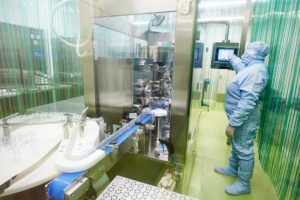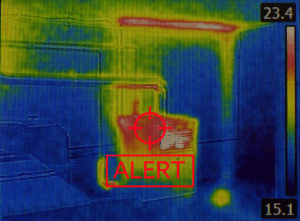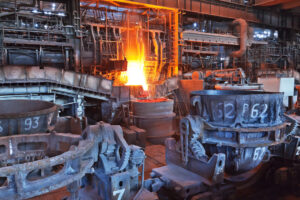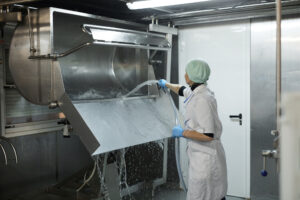You’d be hard-pressed to imagine a commercial or industrial venue that’s not video-monitored today. Cameras are everywhere: in every shop, at every street corner, in (almost) every public institution—even in our pockets.
But that doesn’t mean all those cameras are the same. What a professional cameraman uses to shoot a blockbuster is different from the camera on your phone. And both of them are different from what you’d typically find in an industrial environment, especially one as harsh as sawmills.
The crucial difference: in sawmills, it’s the camera quality that matters most, not the video quality. Let’s take a quick look at why you need quality rugged cameras for your sawmill.
6 Advantages of Quality Rugged Cameras for Sawmills
When it comes to monitoring sawmill operations, you won’t need a 4K video stream. But you need cameras you can rely on. Here’s why:
1. Reduce Line Downtime
Sawmills are harsh working environments with significant risks for the workers. All the processes and operations in a sawmill can also be cut short by equipment malfunction or various other incidents.
Video monitoring can help prevent accidents and incidents alike. However, if you opt for non-rugged, poor-quality cameras, your feed will be down regularly and for long periods of time. Every time you have to replace a camera, you have to shut down part of the line.
Quality rugged cameras are designed to withstand sawmill conditions. Thus, they can protect your staff and your operations continuously.
2. Quality Rugged Cameras Have a Lower Cost in the Long Run
Yes, off-the-shelf cameras are cheaper than rugged, industrial cameras initially. But you will need to replace them every couple of months.
The costs add up pretty quickly because we’re not just talking about the camera price but also about the mounts, the downtime, and wasted hours of electrical team members’ time.
A rugged camera can last for years. At Opticom, we have clients who have mounted cameras right on their debarkers and haven’t had to replace them in more than six years. And they don’t plan to do it any time soon because there’s no need to do so.
3. Cameras Designed for Sawmills Can Withstand Anything—Even Being Hit by a Log
Can you imagine what would happen to your phone camera or a surveillance camera in your supermarket if it were hit by a log? It would probably be unrecognizable, just a pile of pieces.
We can’t say the same about rugged cameras, though. One of our clients’ cameras went through that. When he contacted us to tell us about a camera taking a direct hit, we were getting ready to send over a new camera.
But there was no need to do that—the camera was perfectly fine. It kept capturing video and even now, months later, it’s still there, working as well as it did on its first day. The only thing that needed changing was the vibration mount, which is specifically designed to protect the camera and is much easier to replace.
You can see the video of the Opticom camera being hit by a log here.
4. Rugged Cameras Work in High-Vibration, Dusty, and Debris-filled Environments
For sawmills, this is crucial. Cameras are sensitive—especially their inner circuits and lenses. High-vibration environments will harm your phone camera, even if you keep it in your pocket.
Dust and debris have a way to creep into the casing and ruin the components.
This is why rugged industrial cameras come in casings made of ultra-strong alloys. More importantly, their mounts are created specifically for high-vibration environments and they offer the stability the cameras need to function properly.
5. Ongoing Video Monitoring Ensures Smooth Operations in a Sawmill
Cameras are essential for a sawmill’s operations. Most sawmill operators rely on them to monitor the activity and spot potential flaws and glitches before they turn into disasters.
Moreover, the videos they capture can be used in training new employees or as evidence during inspections. All of these benefits are moot if you can’t rely on your cameras to provide an uninterrupted feed.
6. Monitor Everything from a Distance
One of the biggest advantages of installing the right video monitoring system is that the operator can monitor the line from a safe distance. They can identify dangerous situations—like an equipment malfunction or a log going into the line sideways—and shut down the line before things become disastrous.
The video can also be made available to corporate offices and mill managers when they’re on the go, leading to operational transparency.
Choosing the Right Cameras for Your Sawmill
Not sure which cameras are right for your sawmill or how to configure your system? We get it—rugged cameras aren’t all identical.
At Opticom, we’re more than sawmill camera vendors; we’re your partners. We know that your success is our success, so we’ll be right by your side every step of the way. From choosing the right cameras to configuring your system and even maintenance, you’ll always have an Opticom consultant to reach out to when you need it.
Let’s talk about your new durable and reliable sawmill rugged cameras.







